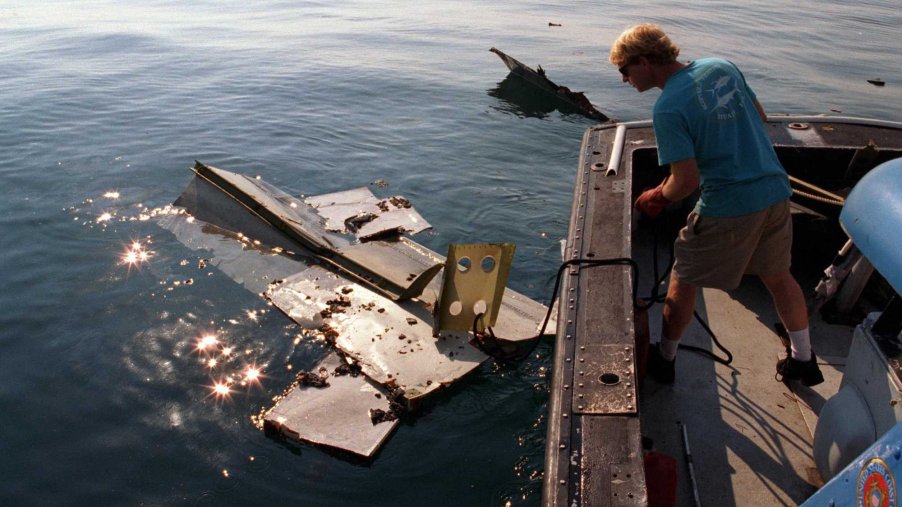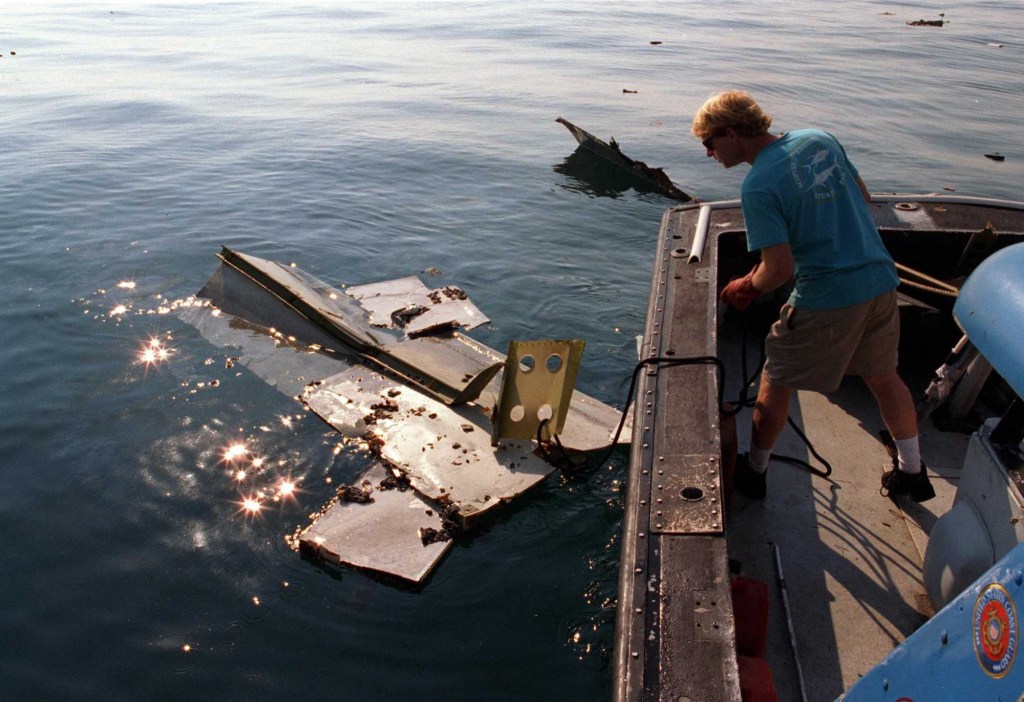
TWA Flight 800 Conspiracy Theories Still Exist 25 Years After the Tragic Accident
TWA Flight 800 shockingly exploded in the air off the coast of Long Island on July 17, 1996. The tragedy marked one of the most infamous airplane accidents in U.S. history. NTSB investigators determined the cause of the crash to have been mechanical. But some conspiracy theorists continue to believe otherwise 25 years after the disaster.
Whatever happened to Flight 800, one thing’s for certain: The accident represented a turning point in TWA’s history, and not just for the number of fatalities. Some observers link the crash, at least indirectly, to the airline’s demise.
The crash of TWA Flight 800 and its official cause

TWA Flight 800’s shocking explosion remains one of the most notorious airplane crashes in U.S. history. USA Today reports that the Boeing 747 crashed after exploding in midair shortly after takeoff from New York to Paris.
All 230 passengers and crew members aboard the flight perished. A four-year National Transportation and Safety Board investigation determined the cause of the explosion was likely a spark from a fuel tank.
But the NTSB’s determination did little to quell conspiracy theorists, who made dubious claims about the likely cause of TWA Flight 800’s explosion.
Some people have other ideas about the cause of the TWA Flight 800 explosion
Conspiracy theories surrounding TWA Flight 800’s demise began almost immediately after the explosion. Many surmised, for example, that a rocket, missile, or flare downed the plane.
North Jersey reports that dozens of witnesses to the accident told the NTSB and other investigators they had seen a streak of light near the airplane right before it exploded. These purported sightings led many theorists to conclude bad actors on the ground had destroyed the plane.
Another popular theory held that a terrorist bomb secretly stowed aboard the plane detonated. This theory seemed particularly plausible at a time when bombings appeared almost frighteningly common. Americans had recently dealt with the first World Trade Center bombing and the Oklahoma City attack, as well as the trial of Ramzi Yousef for conspiring to attack airliners, for example.
But perhaps the most outlandish theories involved a coverup of friendly fire by the U.S. government. Some conspiracy theorists even speculated this friendly fire was intended to kill Henry Kissinger, who wasn’t even on TWA Flight 800, or former Arkansas state troopers who had once served as security for then-President Bill Clinton.
The airline folded 5 years after the tragedy
TWA had been struggling for years before the famous crash, but the explosion of Flight 800 appears to have been the straw that broke the camel’s back. A large part of the problem was that this crash, though ruled accidental, did nothing to help the reputation of an airline that had struggled with terrorist attacks throughout the 1970s and ’80s.
What’s more, TWA had been struggling financially for quite some time. Aerocorner ties many of these problems to not only terrorism but also deregulation in the late ’70s and the actions of “corporate raider” Carl Icahn in the subsequent decade. Working against these headwinds, TWA struggled to stay afloat financially.
Thus, when the terrorist attacks of September 11, 2001, shut down nearly all airline travel for an extended period, TWA didn’t have enough financial cushion to remain afloat. It ended up selling to longtime rival American Airlines, which today flies many routes that TWA once dominated. The last official TWA flight took place on December 1, 2001.


